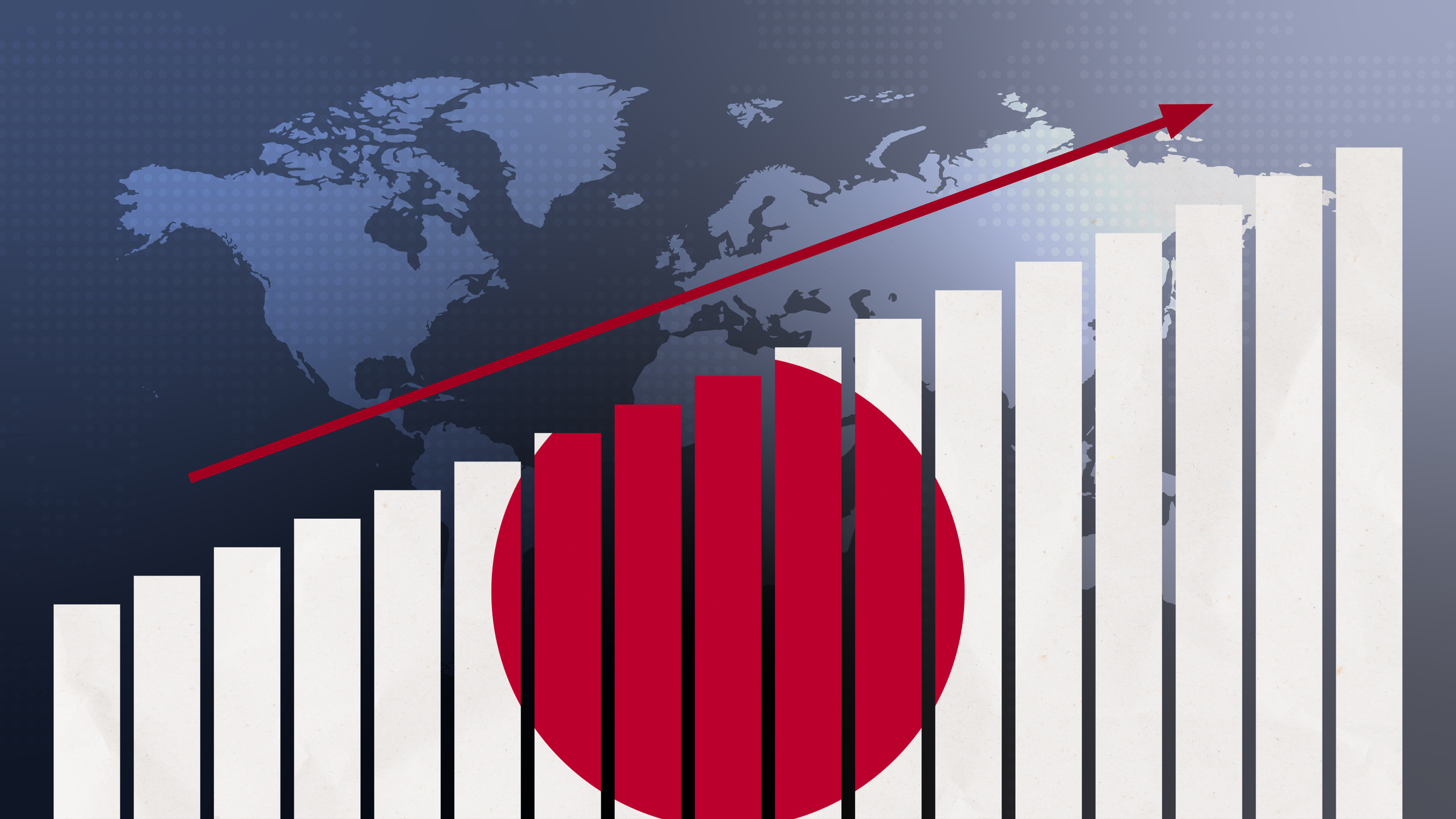The Downside of Easy Money
Not enough attention has been paid to the Fed policy's negative effects on savers.


My daughter, Claire, recently asked me where she and her husband, Zach, could get a higher interest rate on the savings they’ve been diligently squirreling away in the bank. Nowhere, I reluctantly told her. Because she and Zach consider the money their rainy-day fund, there’s no sense taking a chance on some exotic (read risky) investment to squeeze out more yield.
It bothered me that I couldn’t give Claire a more satisfactory answer. Analysts and the media have focused on how the Federal Reserve’s policy of near-zero interest rates has boosted the stock market. But not enough attention has been paid to the negative effects on ordinary savers.
Stockholders have benefited from the run-up in prices as dividend-hungry investors have piled into the market and companies have binged on share buybacks. And ultralow rates have saved the Treasury billions of dollars in interest on government debt.

Sign up for Kiplinger’s Free E-Newsletters
Profit and prosper with the best of expert advice on investing, taxes, retirement, personal finance and more - straight to your e-mail.
Profit and prosper with the best of expert advice - straight to your e-mail.
Meanwhile, the national average interest rate on a money market deposit account was recently 0.08%; on a one-year CD, it was 0.27%. A 65-year-old who wanted to pay for retirement with annuities tied to bonds needed 24% more wealth in 2013 than in 2005, according to a paper by the National Bureau of Economic Research. And in a survey by Ameriprise Financial, 63% of respondents said low interest rates had derailed their retirement plans because their assets were growing so slowly.
In stretching for yield, some investors have turned to riskier products. One of these, non-traded REITs, has been targeted by state regulators for high fees, inadequate disclosures and questionable dividend payments.
For savers like Claire, who need to keep their emergency funds safe and easily accessible, there’s no alternative to a basic savings account. If you are able to tolerate a little more risk, senior editor Jeff Kosnett vets the alternatives in his monthly “Cash in Hand” column—which this month we’re rechristening Income Investing to reflect his specialty. Over the past year, while many pundits fretted over rising interest rates, Jeff kept his cool with columns headlined The Bond Rally Isn’t Over and 3 Reasons Investors Should Ignore the Doomsayers. For the coming year, writes Jeff, “expect interest rates to rise slightly and returns to moderate. But there’s no need to panic.” For more in-depth coverage, you can follow Jeff’s analysis of the fixed-income market in Kiplinger’s Investing for Income, the monthly newsletter he edits ($199 for one year).
Cloudy future. Aside from its negative impact on savings accounts, I worry that the Fed’s easy-money policy may represent a classic case of hubris. Low rates are responsible for a good chunk of the run-up in stock prices, but it’s not clear how much. Further, it’s impossible for the Fed to manipulate a trillion-dollar economy without risking unintended consequences (just ask Alan Greenspan). That’s a major source of uncertainty and a cause of continued volatility that makes it tough to call the course of the market in 2015. “We continue to see a large number of investors who lack confidence in this market,” says Kristina Hooper, U.S. investment strategist for Allianz Global Investors (see Allianz Analyst Sees U.S. Stocks in the Lead).
So what’s an investor to do? Stick with stocks, but do whatever it takes for you to blissfully ignore gut-churning gyrations: Diversify your portfolio, balance your stocks with some of Jeff’s bond picks—or even stash a wad of cash in a low-yielding savings account.
Get Kiplinger Today newsletter — free
Profit and prosper with the best of Kiplinger's advice on investing, taxes, retirement, personal finance and much more. Delivered daily. Enter your email in the box and click Sign Me Up.

Janet Bodnar is editor-at-large of Kiplinger's Personal Finance, a position she assumed after retiring as editor of the magazine after eight years at the helm. She is a nationally recognized expert on the subjects of women and money, children's and family finances, and financial literacy. She is the author of two books, Money Smart Women and Raising Money Smart Kids. As editor-at-large, she writes two popular columns for Kiplinger, "Money Smart Women" and "Living in Retirement." Bodnar is a graduate of St. Bonaventure University and is a member of its Board of Trustees. She received her master's degree from Columbia University, where she was also a Knight-Bagehot Fellow in Business and Economics Journalism.
-
 This One Area of Americans' Retirement Readiness Gets a Bad Grade
This One Area of Americans' Retirement Readiness Gets a Bad GradeMillions of Americans score poorly on retirement readiness due to this Achilles' heel. Are you prepared?
By Christy Bieber Published
-
 REAL ID Deadline: What You Need by May 7, 2025
REAL ID Deadline: What You Need by May 7, 2025Worried about needing a REAL ID soon? Learn more about the requirement, how to get your ID and valid REAL ID alternatives.
By Laura Gariepy Published
-
 What DOGE is Doing Now
What DOGE is Doing NowThe Kiplinger Letter As Musk's DOGE pursues its ambitious agenda, uncertainty and legal challenges are mounting — causing frustration for Trump.
By Matthew Housiaux Published
-
 A Move Away From Free Trade
A Move Away From Free TradeThe Letter President Trump says long-term gain will be worth short-term pain, but the pain could be significant this year.
By David Payne Published
-
 Trump’s Whirlwind Month of Crypto Moves
Trump’s Whirlwind Month of Crypto MovesThe Kiplinger Letter The Trump administration wants to strengthen U.S. leadership in the cryptocurrency industry by providing regulatory clarity.
By Rodrigo Sermeño Published
-
 What Could Derail the Economy This Year?
What Could Derail the Economy This Year?The Letter While the outlook for the U.S. economy is mostly favorable, there are plenty of risks that bear watching.
By David Payne Published
-
 Three Ways President Trump Could Impact the Economy
Three Ways President Trump Could Impact the EconomyThe Letter Some of Trump's top priorities could boost economic growth, but others risk fueling inflation.
By David Payne Published
-
 10 Predictions for 2025 from The Kiplinger Letter
10 Predictions for 2025 from The Kiplinger LetterThe Kiplinger Letter As 2025 arrives, here are our top 10 forecasts for the new year.
By Letter Editors Published
-
 Europe Faces Economic and Political Headwinds Next Year
Europe Faces Economic and Political Headwinds Next YearThe Letter Challenges for Europe: Potential tariffs, high energy prices and more competition from China will weigh on the bloc in 2025.
By Rodrigo Sermeño Published
-
 Don't Sleep on Japan's Economic Transformation
Don't Sleep on Japan's Economic TransformationThe Letter After almost three lost decades, Japan — one of the world's biggest economies — is finally showing signs of life.
By Rodrigo Sermeño Published